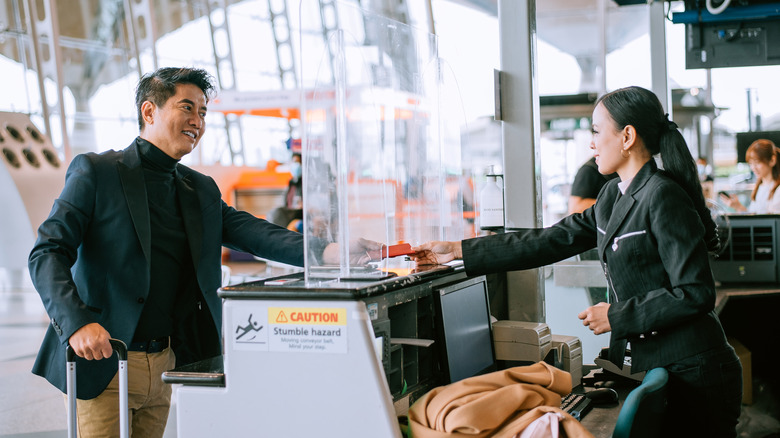Whether you’re in the mood for a getaway to a scenic beach or to hop on an adventure tour through the Amazon jungle, Brazil is a must-visit destination for sunset chasers and adrenaline junkies alike. But soon, entering this South American paradise will get a little more complicated. Starting April 10, 2024, travelers from the United States, Canada, and Australia will be required to apply for a visa before arrival.
The new restrictions are in response to visa regulations imposed on Brazilian citizens. While Brazil and Japan, for example, have an agreement to let tourists travel freely without a visa between the two countries, no such agreement exists with the United States, Canada, or Australia. Instead, Brazilians must apply for a visa and pay a fee to enter those territories. Until a reciprocity program can be agreed upon and rolled out, visitors to Brazil should expect the new visa regulation to stick around.
How to apply for the Brazil eVisa

The eVisa is required for business and leisure travelers who intend to stay in Brazil for 90 days or less. Similar to the upcoming ETIAS visa for tourists visiting Europe, you won’t need to visit a consular office. You can apply for Brazil eVisa online via the VFS Global website using your laptop or phone.
In the application, you’ll be prompted to enter your personal details, passport information, and trip reservations. You’ll also need to enclose a passport-size photo and a bank statement for the last 30 days with proof that you receive at least $2,000 in income per month. If you’re arriving in Brazil on a cruise ship, you’ll need proof of your cruise ticket or a letter from the cruise line stating that you purchased the cruise ticket. If you have children in your family, you’ll need to fill out an application for each of them. A fee of $81 will be due for each applicant.
Once officials review your application, you’ll receive an email explaining whether you are approved, denied, or required to send more documentation. If approved, you’ll receive a PDF of your visa to download. It’s recommended that you print out two copies and take a screenshot on your phone. You’ll be asked to present your visa on arrival along with a valid passport, whether you’re entering the country by land, sea, or air, explains the Brazilian government.
Terms and recommendations for the eVisa

While the eVisa will add a few extra steps to your pre-departure checklist, there’s some good news. Once you’re approved, it will be good for 10 years with an American passport or 5 years if you have a Canadian or Australian passport. You’ll be allowed to enter the country multiple times without needing new paperwork for each trip, provided you have a valid passport.
The processing time for the eVisa is five days, but it’s recommended that you apply at least two months before your vacation, just in case you need to submit extra paperwork or make any corrections. Suppose you plan to travel to Brazil on April 9 (one day before the visa is officially rolled out). In that case, it’s still best to apply for the visa and gain approval for entry, lest you experience any delays getting to your destination. The last thing you want is to show up after midnight on April 10 because of a flight delay and find that you’re denied entry. With so many fun things to do in Brazil, it’s well worth the extra effort to get there.

